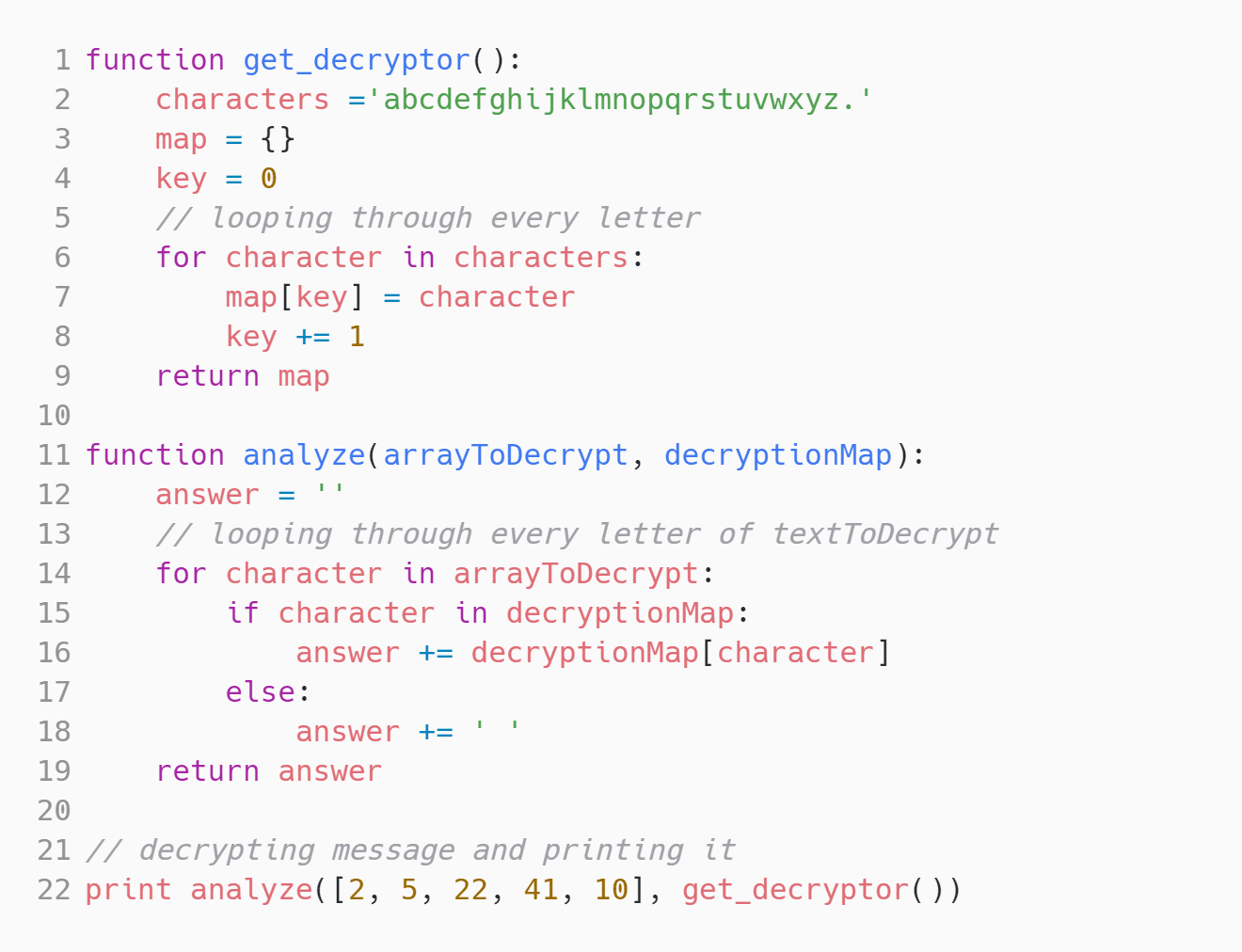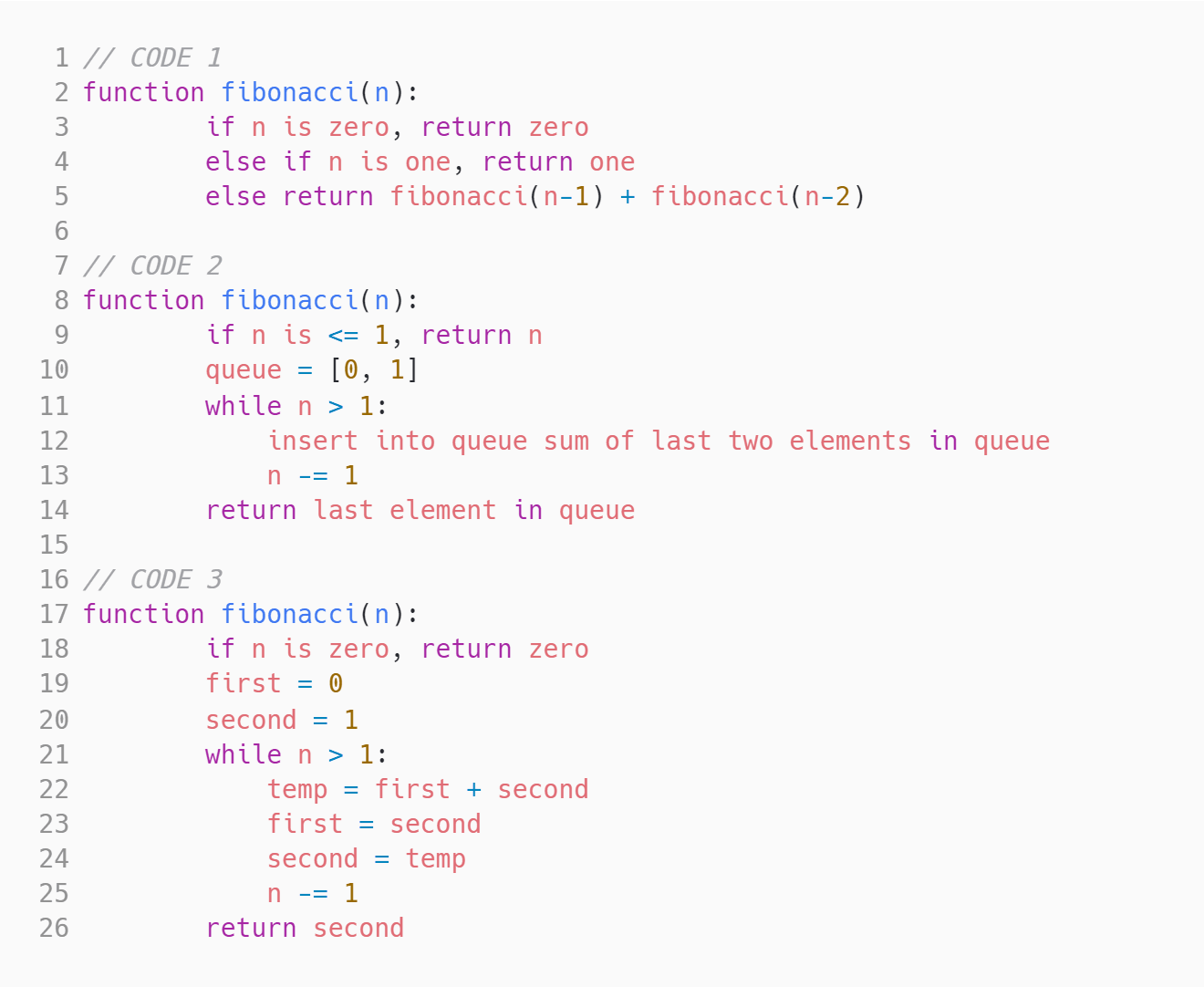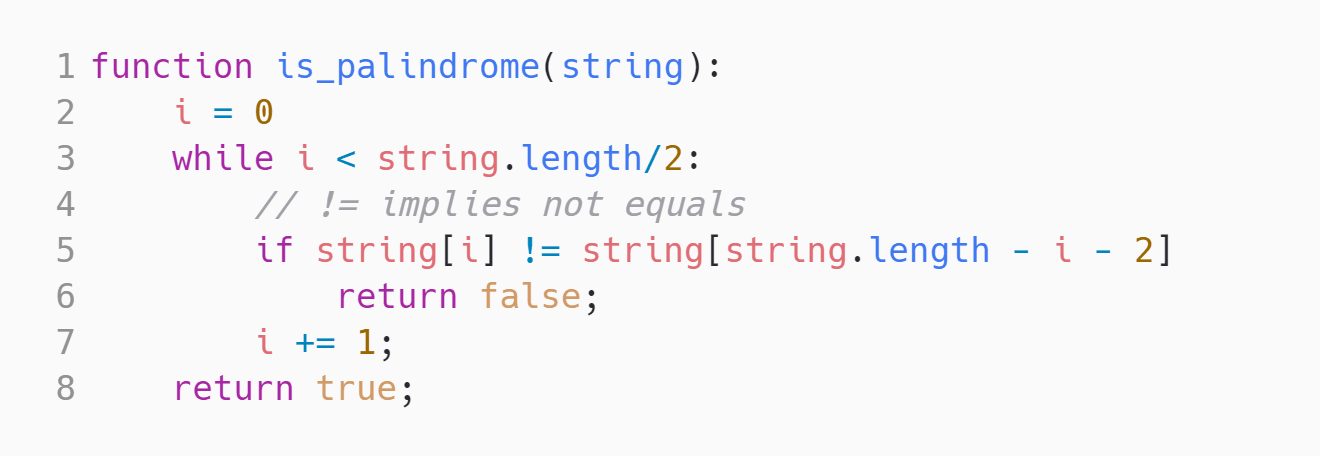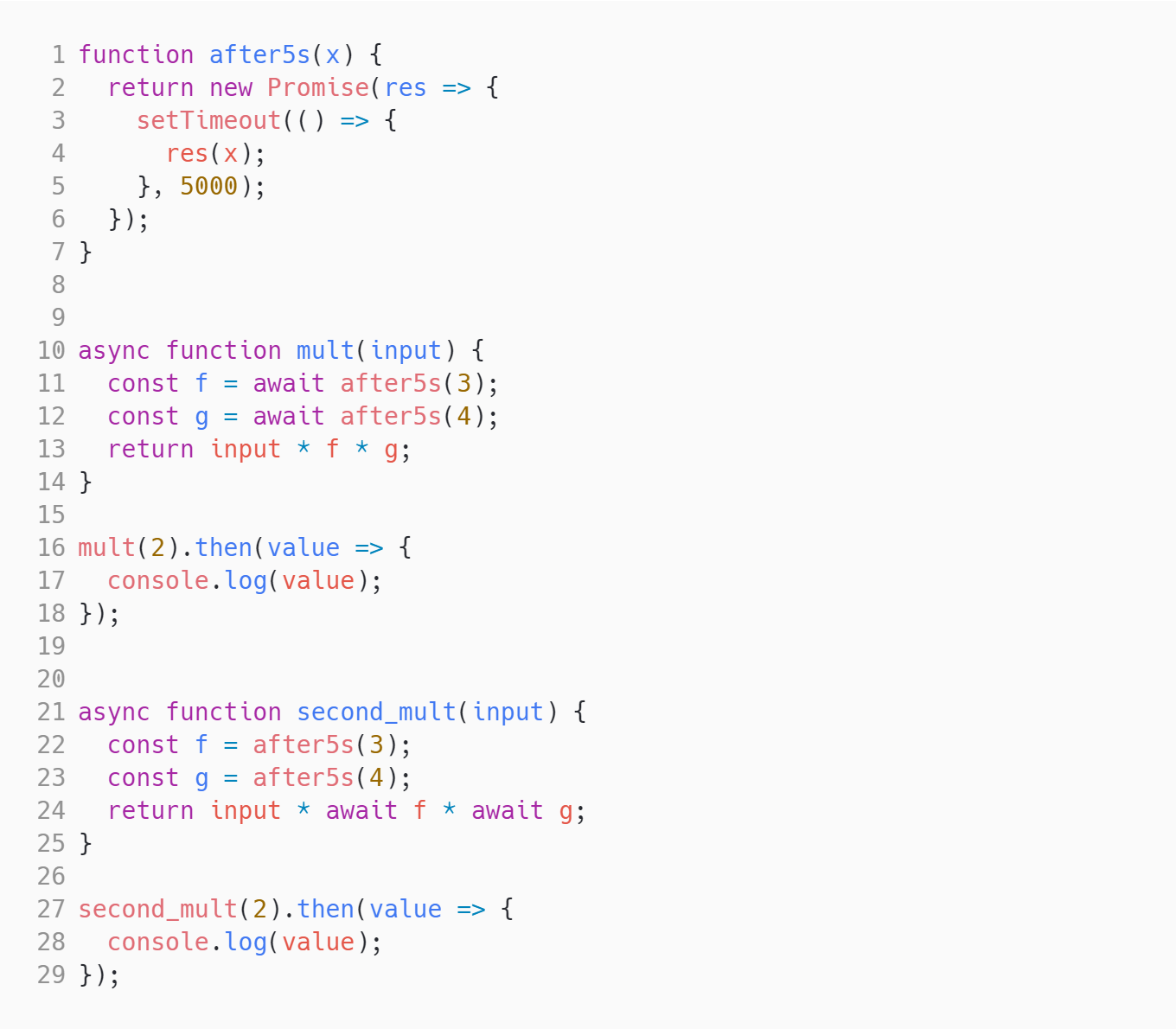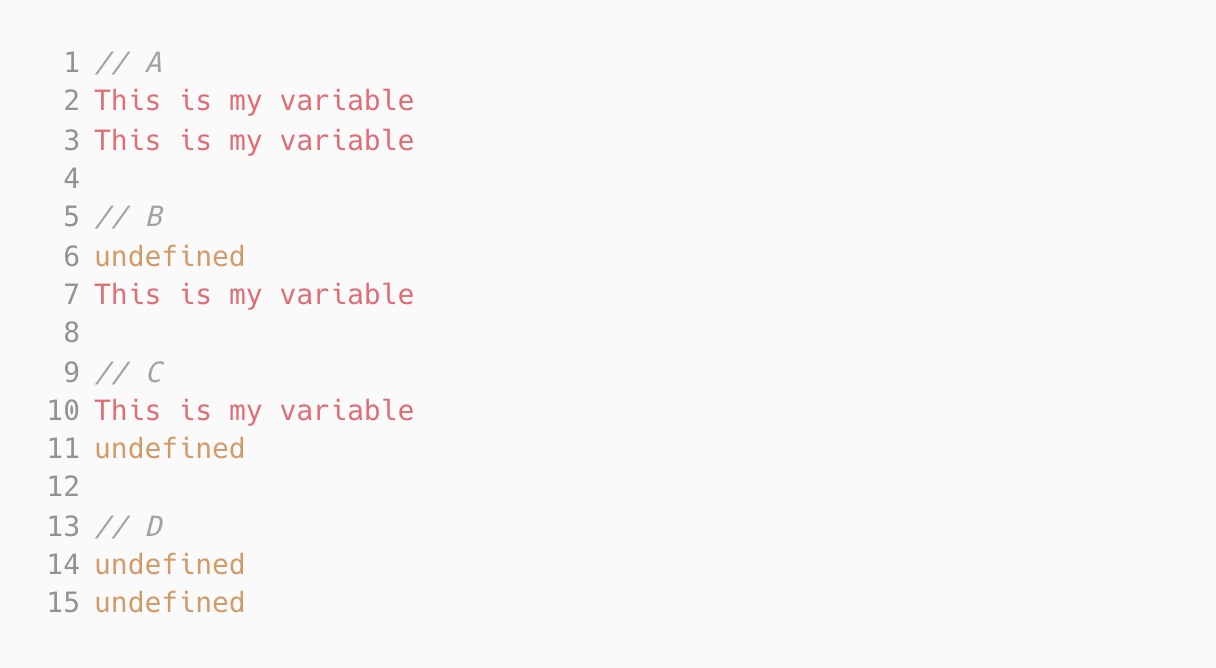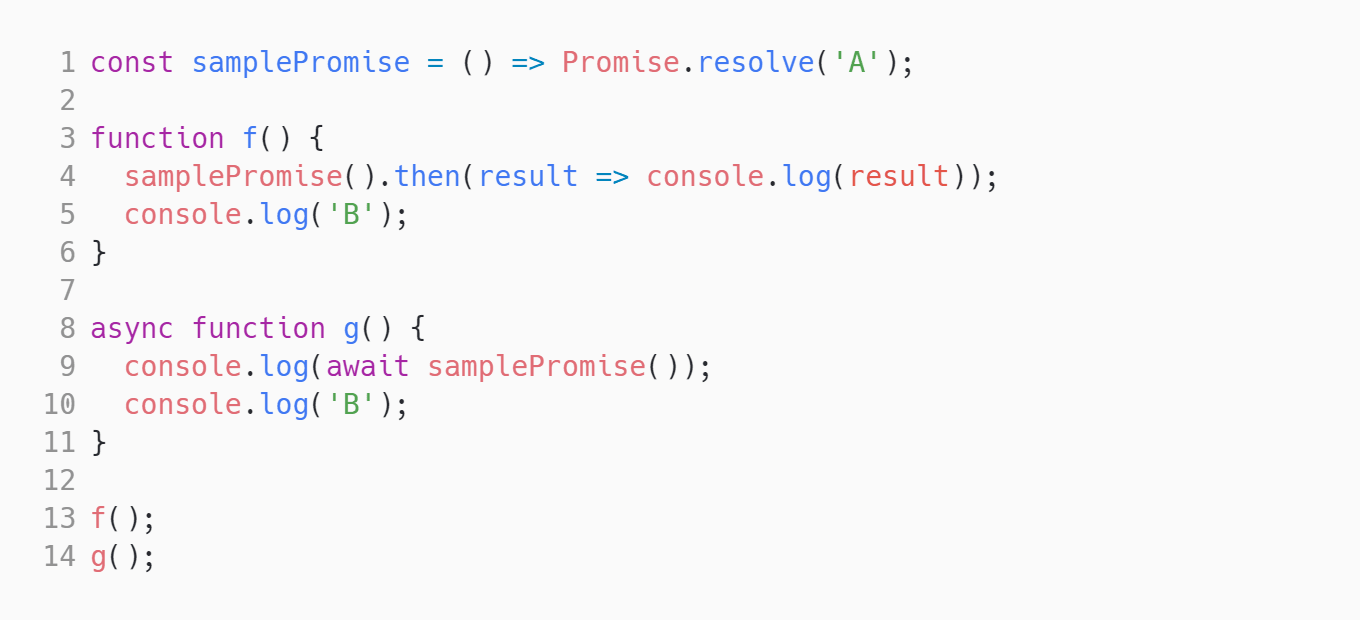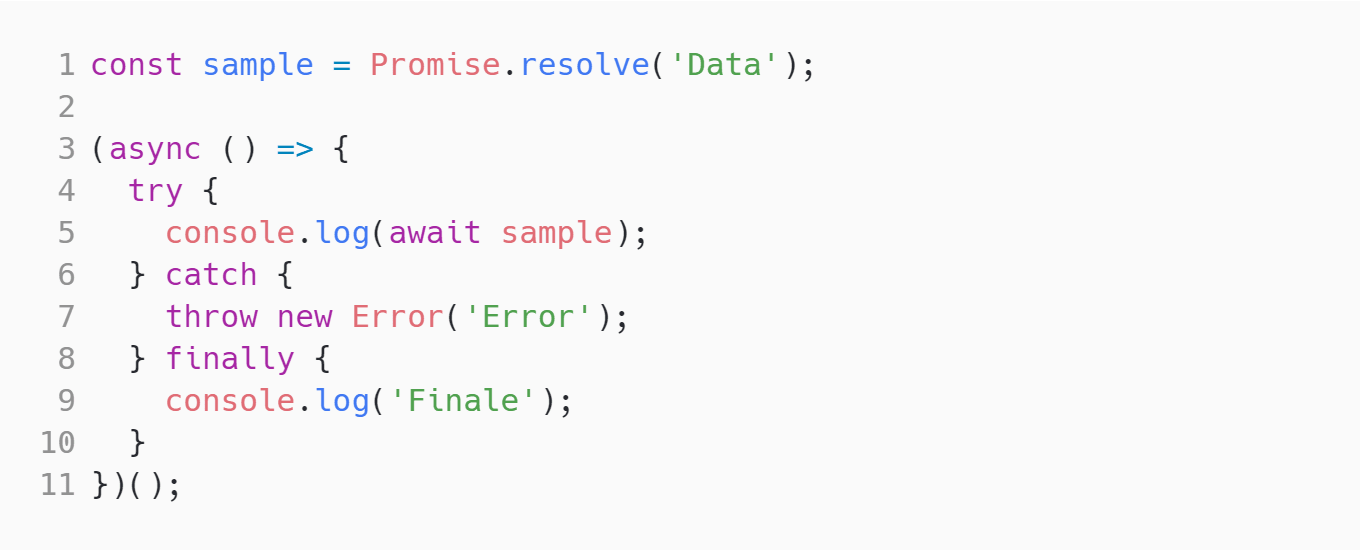JavaScript basics: JavaScript basics refers to the fundamental concepts and syntax of the JavaScript programming language. This skill should be measured in the test to determine a candidate's knowledge and understanding of the core principles of JavaScript, such as variables, data types, operators, and control flow.
Errors and Exception Handling in JS: Errors and Exception Handling in JavaScript involves identifying and handling errors and exceptions that can occur during code execution. This skill should be measured in the test to assess a candidate's ability to handle and debug errors effectively, ensuring robustness and reliability of JavaScript applications.
ES6: ES6, also known as ECMAScript 2015, is an important update to the JavaScript language, introducing new features and improvements. This skill should be measured in the test to evaluate a candidate's familiarity with ES6 concepts, such as arrow functions, template literals, destructuring, and modules, which are widely used in modern JavaScript development.
Structuring and styling HTML DOM: Structuring and styling HTML DOM (Document Object Model) involves manipulating and organizing the elements of a webpage using JavaScript. This skill should be measured in the test to gauge a candidate's ability to dynamically update and modify the structure, content, and appearance of a webpage, enhancing user experience and interactivity.
Programming fundamentals: Programming fundamentals encompass the foundational principles of coding, including problem-solving techniques, algorithms, and logic. This skill should be measured in the test to assess a candidate's ability to think critically, approach problems systematically, and write clean and concise code, essential qualities for a competent JavaScript developer.
Algorithm Basics: Algorithm Basics involve understanding and implementing common algorithms and data structures, such as searching, sorting, and linked lists. This skill should be measured in the test to evaluate a candidate's knowledge and proficiency in leveraging algorithms and data structures to optimize code performance and solve complex problems effectively.
Data Structures: Data Structures refer to the organization and storage of data in a computer system. This skill should be measured in the test to assess a candidate's familiarity with different data structures, such as arrays, objects, stacks, queues, and trees, and their ability to choose and implement appropriate data structures based on the specific requirements of a JavaScript application.
JavaScript Programming: JavaScript Programming involves the implementation and execution of JavaScript code to create interactive and dynamic web applications. This skill should be measured in the test to evaluate a candidate's proficiency in writing efficient and reliable JavaScript code, ensuring functionality, performance, and maintainability of web applications.



















